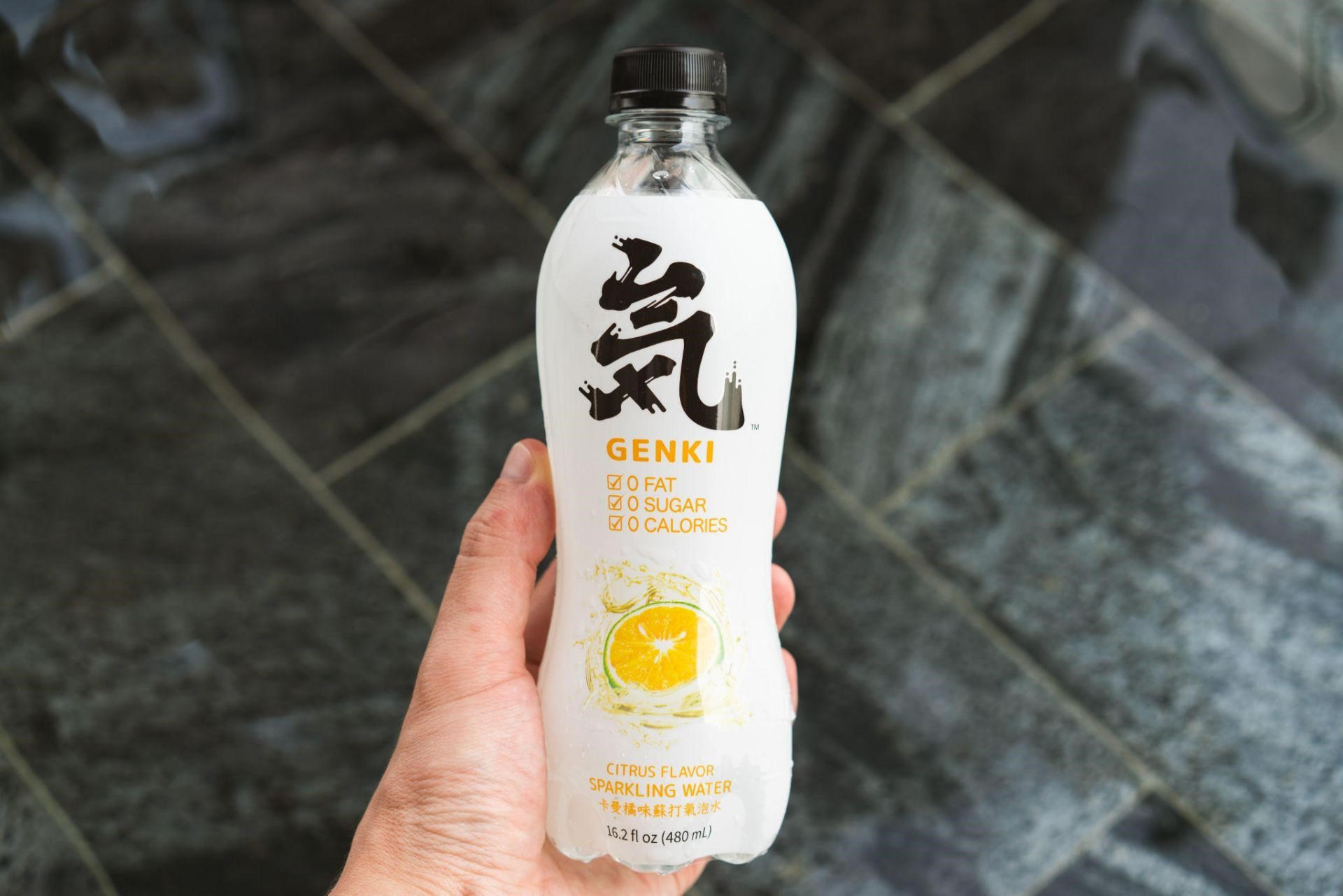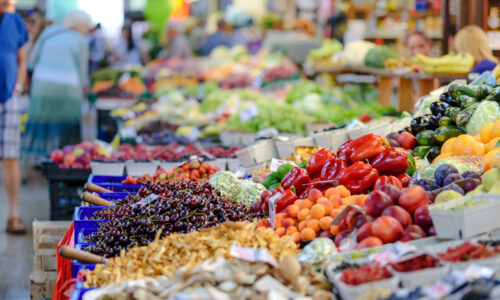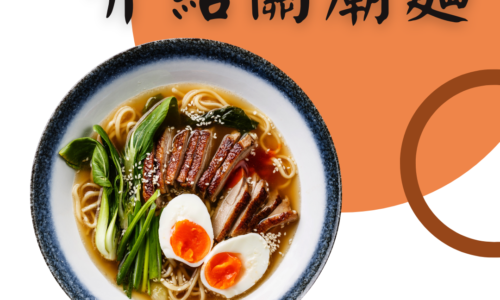The Top Taiwan Exports: Food & Beverage
Taiwan’s food industry began to sprout in the 1930s and 1940s. In the 1950s and 1980s, food processing technology gradually matured and a relatively complete quality control and certification system allowed Taiwan’s canned food to be exported to overseas markets in large quantities. Its export value was once the world’s largest. Guan, however, as emerging countries gradually establish their own light industry systems, lower-cost production of food and high tariffs make Taiwan’s products less competitive in price. Facing such a dilemma, how can Taiwan’s food industry break through?
In addition, with the outbreak of the new crown epidemic in recent years, Taiwan’s food industry has to face many challenges. Changes in dining scenes and adjustments in eating habits have not only opened up the distance between people, but also opened up people. Due to the distance from food, the food industry needs to make corresponding strategies, such as accelerating the establishment of online and offline sales channels, and increasing multiple sales channels will be the general trend of the food industry in the future.
Due to the outbreak of the new crown epidemic in January 2020, all parts of the world have stopped work and production, restricted the movement of people and goods, affecting all walks of life, and the food industry has suffered less impact during the epidemic than other industries, because diet is related to the basic needs of people’s livelihood, but , food manufacturers still have to face other challenges, including rising raw materials, increased transportation costs and even changes in consumer behavior.
According to data from Taiwan’s Ministry of Economic Affairs, the food industry accounts for about 4.8% of the total manufacturing output value, making it the eighth largest manufacturing industry in Taiwan. In 2019, before the outbreak, the output value of Taiwan’s food and beverage manufacturing industry was about 630.3 billion yuan. The Taiwan dollar increased to 6,340 in 2020, an increase of 0.59%. In 2021, although the epidemic broke out again in Taiwan in May, the food industry still grew steadily. When the world is ravaged by the epidemic, the overall output value of Taiwan’s food industry can still maintain growth. This is because the epidemic situation in Taiwan has relatively eased. Even if the external demand market shrinks and food exports contract by 9.88% in 2020, the business strategies of food factory businessmen have also turned conservative. But the local market demand is still strong.
The epidemic continues to spread, and many catering businesses are unable to operate normally due to epidemic prevention measures, resulting in changes in food supply and demand. In the past, more food supplied to restaurants has flowed to supermarkets and takeaway stores. Many food consumers have switched from physical consumption to online store purchases. The epidemic has also prompted reforms and innovations in the food industry.
Food Manufacturing, a well-known media in the U.S. food industry, analyzed the impact of the epidemic on the industry, and proposed that the supply chain must be more flexible and flexible to avoid emergencies affecting the supply chain, and in response to consumers’ increasing awareness of environmental protection, brands must be combined with environmental protection and green energy. For example, reducing packaging materials and changing the nature of materials can improve customer loyalty. Furthermore, consumer satisfaction is usually proportional to the freshness of food, so shortening the delivery time of goods is the key. For this reason, manufacturers will gradually introduce block Practice technology, achieve decentralization, and pursue shortening the logistics time. Therefore, broadening the sales channels and shortening the logistics time will be the general trend of the food industry in the future.








